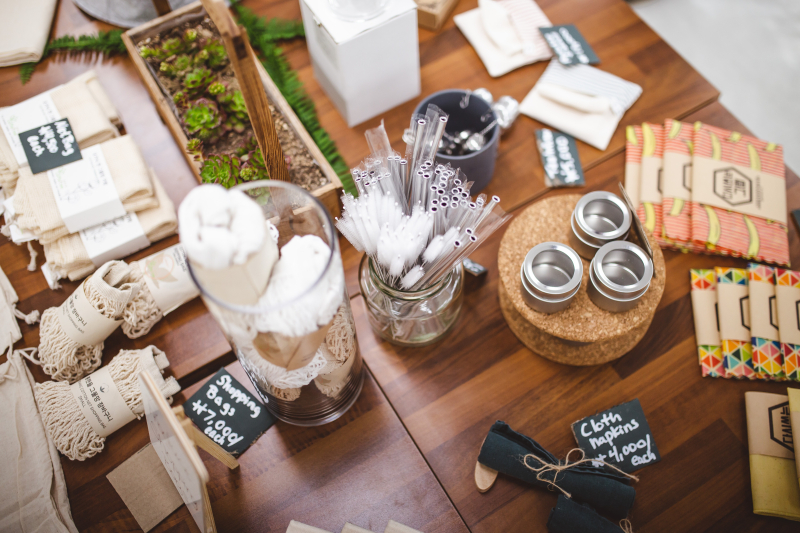Every step counts
With the amount of information on eco-living online and the growing number of environmental initiatives you can join, it’s easy to get overwhelmed. The key is to start with simple, manageable steps and level up gradually once you’ve become accustomed to them. It’s always better to sustainably follow a few eco habits than to stress about not following up on dozens. Choose one or two things you can do today (without any grand adjustments to your routine) and see if you can stick with them.
Unplug your devices
An easy step most of us know but not many of us actually do is unplugging your devices once you are done using them. They do consume energy on standby, so this way you’ll decrease your carbon footprint as well as your electricity bill. Profit!
Plastic bags no more
If you are a St. Pete local, you’ll have noticed we love a good tote bag here – apart from being your statement piece, it will carry your groceries just as well as a plastic or paper alternative, no additional waste needed. You can also get reusable produce bags for fruit and vegetables (easily found on Ozon or Wildberries, for instance) to avoid plastic bags while doing your weekly shopping. The next step would be to opt for products with less or even no packaging, gradually going zero-waste (check out some tips here).
Recycle
Before throwing anything away, ask yourself: can I recycle it? We’ve done an extensive story on it here: the good news is that you can recycle a lot at ITMO already. Sorting your waste into the categories available at university will be a solid first step on your eco-friendly journey.
Donate, thrift and upcycle
Here are some other typically St. Pete things to do: 1) donate your clothes to charity projects; 2) unleash your inner fashionista at charity or second-hand shops, garage sales, or flea markets. Fast fashion is one major contributor to global carbon emissions, so choosing a more sustainable alternative can greatly decrease your carbon footprint. If you are into handicrafts, you can also consider reinventing your old clothes into new pieces or produce bags and other green household items.

Credit: Anna Oliinyk (@privetannet) on Unsplash (unsplash.com)
Not a single use
Speaking of household items: they, too, can be reusable. From water bottles and phone cases to hygiene products, nearly everything can be substituted for a more long-lasting reusable alternative. They might seem pricey at first, but they’ll return their value multiple times over the years you’ll be using them. Some popular places to shop for them are B12 ZERO WASTE and Noplasticitsfanstastic.
Shop locally
Whether you are buying groceries, clothes, or any other product, the one that’s locally produced will be more sustainable because less carbon will be emitted while it’s transported. We’ve recently covered some local clothing brands here.
You can check out our other eco-friendly stories for more inspiration. Another tip is to follow the ITMO.GREEN student club – they regularly organize swap parties, lectures, and other events where you can learn about or practice a more environmentally conscious lifestyle. Let’s save the planet together!




